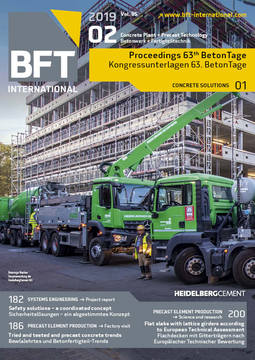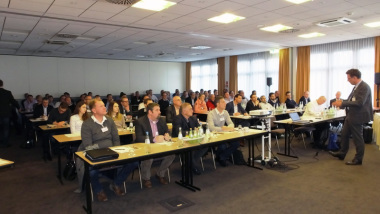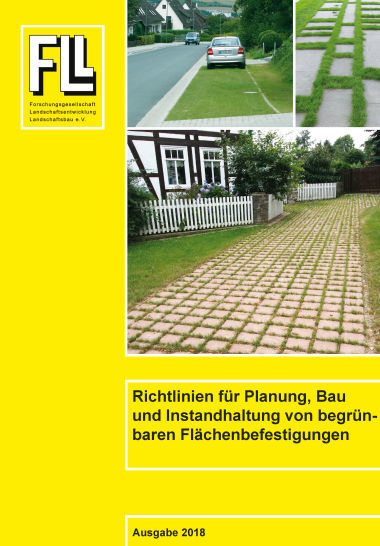Code of Practice on “Low-Noise Paving”
A number of rulesets for road construction are currently being revised or pending publication. The revised edition of ZTV Pflaster-StB (Zusätzliche Technische Vertragsbedingungen zur Herstellung von Pflasterdecken im Straßenbau; Supplementary Technical Conditions of Con-tract for Installing Paving Block Surfaces in Road Construction), the previous version of which dates from 2006, was adopted by the relevant FGSV (Forschungsgesellschaft für Straßen- und Verkehrswesen; Research Association for Roads and Traffic) Working Com-mittee 6.6 in September 2018, after dealing with the comments from the Länder survey, and forwarded to pass through the ordinary course of business. This includes, among other things, the letter of introduction by the BMVI (Bundesministerium für Verkehr und digitale Infrastruk-tur; Federal Ministry of Transport and Digital Infrastructure). In addition, the Working Commit-tee 6.6 adopted the final draft of the Merkblatt für Lärmarme Pflasterbauweisen (Code of Practice on Low-Noise Paving Methods), which has now been submitted to the relevant Steering Committee.
Some life has been injected into the revision of the European standards for road construction products made of concrete (paving blocks, paving flags and curb units – EN 1338, EN 1339 and EN 1340). Work is currently limited to the design of the standards, however, since the changes in content have long been accepted in practice. The keywords here are: design of Annex ZA with regard to the property “weather resistance”, elimination of properties not in-cluded in the mandate, and elimination of so-called zero classes. It has been particularly un-satisfactory for some time now – and the bodies involved have never made a secret of it – that the Commission appears to have a clear idea of what does not belong in a harmonized EN (hEN), but is leaving both the CEN (European Committee for Standardization) and the subsidiary bodies in the dark about what does belong in it and how it should be designed in the future in terms of content. It can only be hoped that the situation will take a positive turn soon.
The lecture will highlight the substantial changes – especially if they are of importance to the building materials sector – and – if possible – specify the time horizons for publication of the various rulesets.





